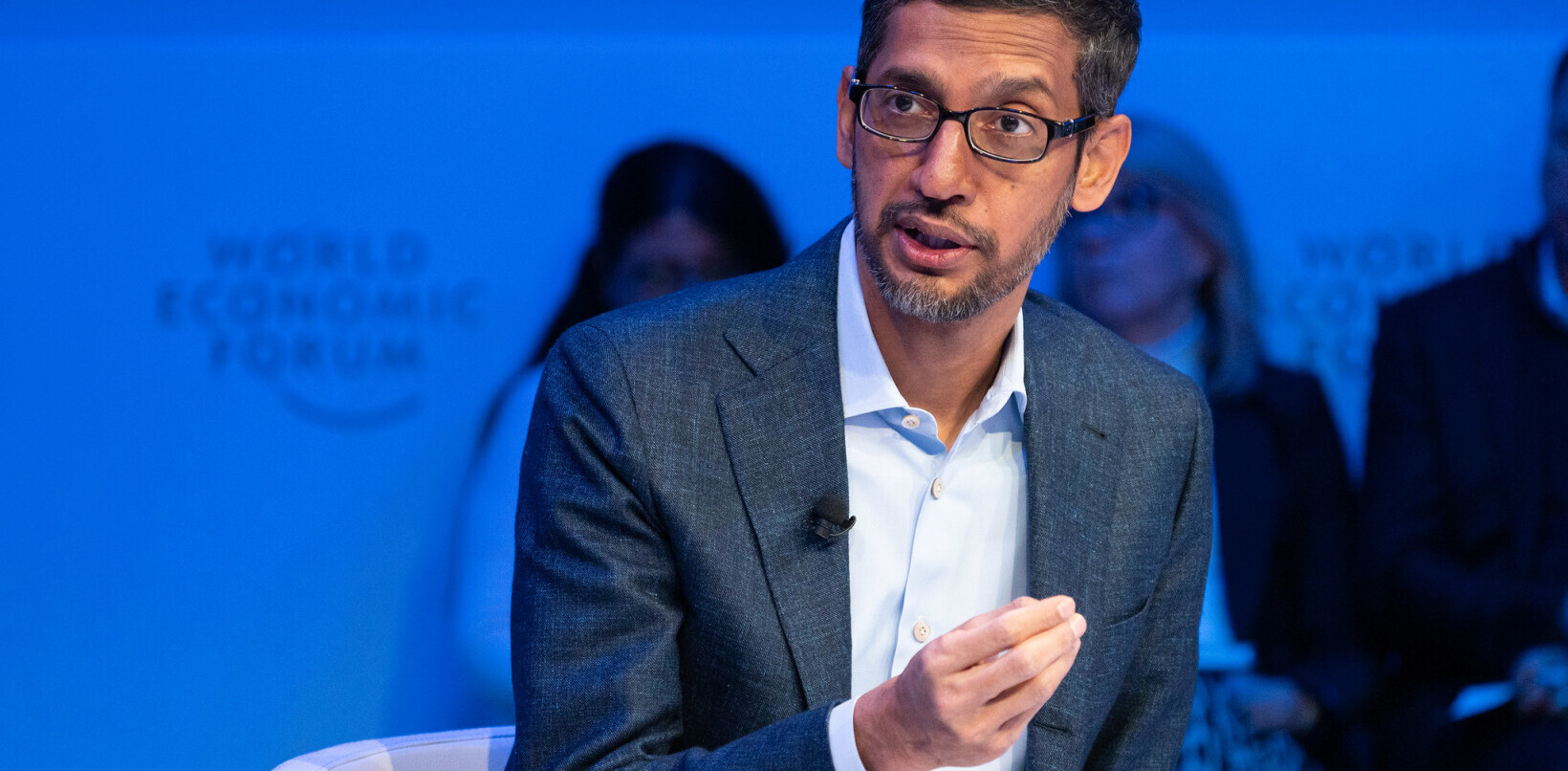
You might be losing potential customers and not even knowing it.
How? By using bad copy on Google Ads, the new name of Google AdWords. Google Ads is one of the most trusted and reliable advertising networks on the web. 77.8 percent of US search ad revenue flows through Google, and the search behemoth isn’t slowing down.
Google recently made some changes to its ad offering that allow for more room to adjust expanded text ads. So of course, using this network effectively is one of the key components to growing your business.
We’ve seen the benefits of good Goodle Ads copy, and we’ve seen how bad copy can drag a business down. Every time I search something on Google, I’ll see an ad that frustrates me because the copy doesn’t do what it’s supposed to do: get me to take action. And it’s not designed to be that hard!
Great Google Ads copy is key to your content marketing campaign.
With better copy, your quality score goes up, which both lowers your costs and puts you in front of more eyeballs. Here are a few of my own top tips for how to create click-inducing Google Ads copy:
Match your landing page and URL to your ad copy
One of the keys to bringing up your quality score on Google Ads is making sure your ad copy matches your landing page copy. Lack of consistency is an absolute killer of conversions, no matter what the context.
If you’re advertising free shipping and you send your prospect to a landing page that doesn’t even mention it, you’ve failed, no matter how good the copy on that page might be. Whatever the message in your ad is, it needs to match the message on the page you send the customer to.

Think of your ad as laying out the benefit and your landing page as expanding on it. Both need to hang from the same central theme, which means optimizing them for the same keyword.
Put together your landing page copy and your Google Ads copy at the same time, preferably with the same person working on both. That way you can optimize consistency and both will have the same tone and keywords.
Don’t use dynamic keyword insertion
If you don’t know what Dynamic Keyword Insertion (DKI) is, it’s a technology that allows Google to insert the exact keywords the customer is searching for in your ad copy. The problem is, it doesn’t seem like it’s usually a good way to go.
See, here’s the thing: DKI sounds great in theory.
You can show your customer exactly what they’re looking for — what’s not to like? But in practice, it actually can hinder your ad creativity, which has the exact opposite effect of what you’re trying to do.
Top-performing Google ads avoid DKI as much as possible.
This might be surprising since it’s such a common tactic but the fact that the very best ads avoid using it makes it look more like a stopgap for mediocre copy than an integral tool. Avoid lazy solutions and tailor your copy yourself.
Use SKAG for your Goole Ads copy
Yes, it’s time to talk nuts and bolts. And personally, I’m a fan of the Single Keyword Ad Group (SKAG) method for creating copy.
Google recommends five to 20 keywords per group, but this doesn’t actually seem to be the most effective method of reaching customers. You only have a small amount of space in an Google Ads text ad, and fitting all the suggested keywords into the same ad is nigh impossible.

You’re also going to run into issues with relevance, because it’s nearly impossible to get 20 keywords that will hang together coherently with good ad copy.
Instead of trying to cram a bunch of keywords that don’t really fit together into a tiny, tightly-packed space, you should focus on taking one keyword and optimizing it. Single Keyword Ad Groups increased click-through rate 28.1 percent over two months in one study.
Here’s how it works:
- Find your best-producing Keywords. Check your search terms and order them by conversions to find which are most effective. You can take the very best of them and use them for the next step. If you don’t have a list yet, look into how to use the Keyword Planner to get a head start.
- Add each keyword to its own ad group. Use exact match, phrase match and broad match for each.
- Create ads that use the exact keyword. Use the keyword from your SKAG in both your headline and your page URL. Be consistent with your landing page, as discussed earlier.
If you’ve got this part right, it makes actually writing the copy easier. Speaking of writing the copy:
Be benefit-focused in your copy
It sounds like a no-brainer, but you’d be shocked how many people I’ve dealt with that don’t get this. When you’re writing Google Ads copy, you have to keep in mind that the average attention span is only eight seconds.
That’s not a lot.
If you’re not offering something that grabs the reader’s eye, why would they pay attention?
What does being benefit-focused entail?
- What do I bring to the table that my competitors don’t? If you’re regularly doing competitive analysis, you should have a pretty good idea of this — and if you don’t, why aren’t you? Go sort that out first. Maybe you’re an e-commerce platform that offers more hand-holding for new clients than your competitors. Or maybe you’re a coffee shop that carries varieties no other shop does. Whatever it is, find what you do and they don’t.
- Be specific. There are a thousand advertisers out there saying “Free!” and “Save!” and “Buy now!” Some of those ads will get good results, even with suboptimal copy. But the best copy is specific — for example “33 percent off your next order” or “five percent interest rates.” Use numbers and cold hard facts as well as your power words. Use A/B testing to find what works best.
Use emotional appeal
According to award-winning sales blogger and author Geoffrey James, buying decisions always come from a change in emotional state. He cites six main emotions that drive sales:
- Greed: I’ll be rewarded for making a decision now.
- Fear: If I don’t make a decision now, something bad will happen.
- Altruism: My decision now will help others.
- Envy: My competitors will win if I don’t make a decision now.
- Pride: I’ll look smart for making this decision now.
- Shame: If I don’t make this decision now I’ll look stupid.
To find out which of these has the most emotional appeal to your audience, you’ll need to have market research prepared beforehand. You only have eight seconds. You have to appeal to the gut.
Look at every successful ad out there — there may be concrete information that anchors the emotional appeal, but to grab attention, a successful ad must trigger emotion.
Flat, bland ads don’t get clicks.
Always use a strong call to action
You’ve focused on a single keyword, and you’re giving the benefits and using emotional appeal to grab attention. What’s next?
Your potential customer is on the hook — you have to set it.
If you don’t give them something to do, they won’t follow through. Don’t forget about your call to action. You need a punchy sentence to end your ad and make sure they click through to your landing page.
Here’s what you need:
- A strong command verb. Buy, shop, download, subscribe, find out. Quick note: avoid “click.” In my experience, this isn’t very good at causing conversions. It’s not strong enough. Strong command verbs aren’t hard to find, and if you’re having trouble figuring them out, the Internet is replete with examples and lists.
- Emotion-provoking language. Exclamation points are surprisingly useful for this, which is why you see them everywhere. Incorporating power words helps too.
- Give them a reason. Why should they do this?
- Create urgency. While you can, now, today, here. Adding urgency increases the likelihood you actually get a click.
Watch the clicks roll in
Once you’ve created the copy, your work isn’t done. You’ll need to engage in A/B testing, prune out keywords that aren’t working and engage in all the maintenance that goes with a thriving Google Ads account.
It takes a lot of work — believe me, I know.
I’ve done it myself.
But now you know how to grab the attention of a pair of roving eyeballs and turn them into a conversion. With these tips for click-inducing Google Ads copy, you’re well on your way to a more effective advertising strategy and a healthier bottom line.
Get the TNW newsletter
Get the most important tech news in your inbox each week.




